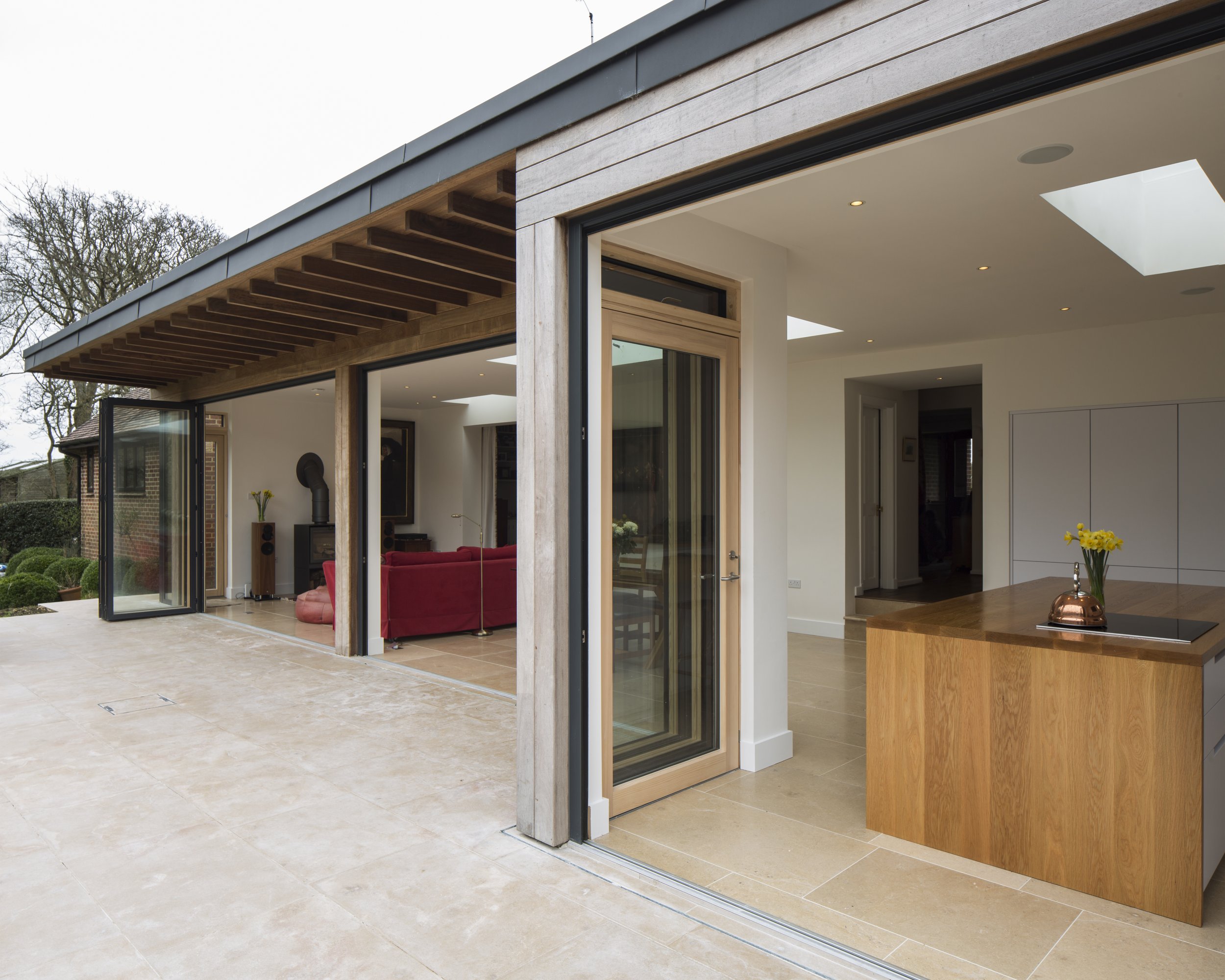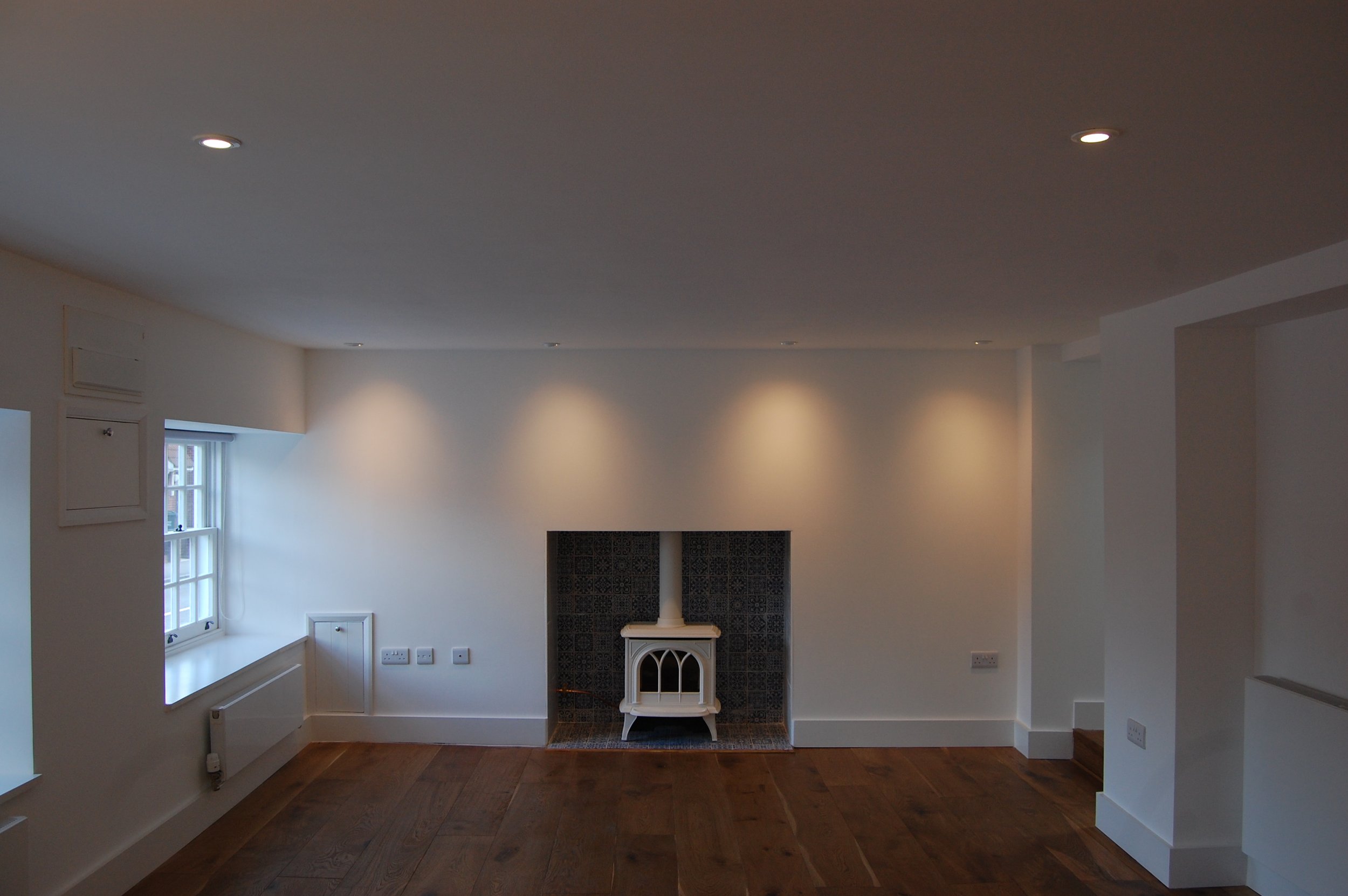
Our Values
-

We like to plant the seeds of great potential from the outset:
We do not limit ourselves when it comes to architectural design, even if a site is located within the most sensitive of contexts or a client presents us with the most prescriptive of briefs. We feel there is an opportunity to make a great impact no matter the project size or budget or site limitations. Our job after all, is to make ideas come to life and our objective is to give clients a more thought provoking vision than they initially imagined possible. If we can achieve this, then we have done our job.
-

We put sustainability at the forefront of our projects:
We believe we have a duty as the Architects of today, to consider the environments we wish to live and work in tomorrow. We therefore encourage our clients to consider sustainability at the outset of their project by implementing a ‘green agenda’ as part of their initial brief provided to us. Included in our philosophy, is keeping the design team local to the site and sourcing materials as locally as possible. We aim to keep our carbon footprint to a minimum, which requires careful consideration to the products we specify to ensure we mainly source materials with low embodied energy . All projects provide us with an opportunity to make a difference to our environment by reducing energy consumption and considering low energy, passive practices. We use a site’s orientation as the basis for starting all projects, in order to establish the principles for creating the best environmental performance for our buildings. We also adopt a ‘fabric first’ approach with all new work, so as to maximise the environmental potential from our buildings’ key elements (floors, walls, roofs). This contributes to the lowering of energy consumption by introducing super-high levels of insulation, adopting thermal mass and optimising natural ventilation.
-
We are inspired by great new ways to use old buildings:
Given our geographical location, in the New Forest, Hampshire, the practice typically works within historic contexts and conservation areas. Whilst we are responsible for deciding on the repair and adaptation of historic sites, we take pride in undertaking historic research and analysis in order to understand how a site developed and identifying the values that contributed to its significance. You cannot treat sites like this with a standardised approach because they are all unique for their historic value and by their nature of being heritage assets, are noted for their individual merits. We therefore treat such sites sensitively and with the utmost respect, to ensure we continue to enhance their significances whilst adapting them for present-day and future use.
-

We love natural materials:
The practice wasn’t called Forest Architecture for nothing! We love being based in Lymington and take much of our inspiration from where we live - where the New Forest meets the sea. Our love of natural materials weaves through each and every project and in particular and our interest in traditional crafts is establishing a key role within our work. Materials provide a strong sense of place. We do not seek to create ultra-contemporary, sleek end-products but instead celebrate the imperfections and natural patina inherent in the use of natural materials. Wood, clay, stone, earth, water, straw, bamboo and cob are all sourced from the earth, which provides a sense of familiarity, warmth, comfort and permanence. We believe in utilising these materials to create healthy, breathable environments that are timeless, comfortable places to live and work.
-
We value the clarity that comes from the attention to detail:
Whilst we can labour for hours over certain architectural details, this is a part of our job that often goes uncelebrated but is also what makes our architecture ours. The detail design process is an area of work we are passionate about. It’s when we turn those initial concept sketches into something that can be constructed. We like to take our time with this stage to ensure everything has been considered. For example how do we collect surface water from a roof? How have we integrated solar shading? And how are specific materials brought together?
Featured Projects








